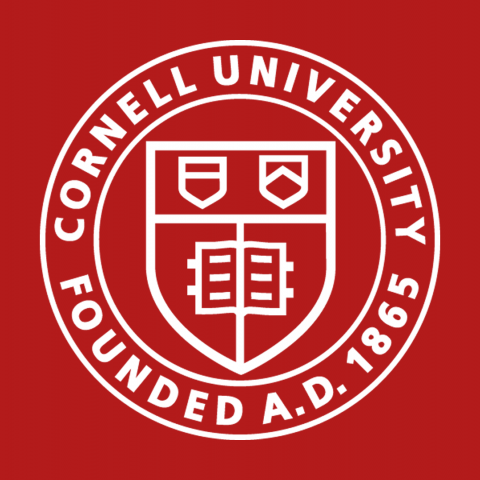Best Management Practices
Learning never exhausts the mind -Leonardo da Vinci One of the key tenants of IPM is knowing your pests, or potential pests, and risks Learning opportunities become a valuable...
"Lewis Ziska, one of the lead scientists on the six-year study in a forest at Duke University, found that with increased atmospheric CO2 we get bigger, stronger, leafier poison...
Recently members of the NYS IPM Program met in Albany as part of a joint meeting of the Clean, Green, and Healthy Schools Steering Committee and the Statewide School IPM...
Are you interested in turfgrass management Especially as it relates to sports fields Then the ShortCUTT (Cornell University Turfgrass Times) newsletter, written by Associate...
"Coming together is a beginning Keeping together is progress Working together is success" --Henry Ford Bed bugs in schools are an issue that is not going to disappear We have...
Worldwide, rodents carry approximately ten diseases, most of which we've never heard of Centuries ago, 'the Plague' spread via flea bites from infected rats Today, most diseases...
“An investment in knowledge pays the best interest” - Benjamin Franklin Calling all school, parks, and sports turf managers and lawn care providers! You have two chances to...
“Springtime is the land awakening The March winds are the morning yawn” - Quoted by Lewis Grizzard in Kathy Sue Loudermilk, I Love You The first athletic...
"It is December, and nobody asked if I was ready" - Sarah Kay Winter has officially set in with temperatures in the single or even negative digits It might seem a bit late...
Thank you to Janet Hurley, Texas A&M AgriLife Extension Service, for her dedicated effort to progress school IPM and for allowing us to use her post In 2014, a number of...











